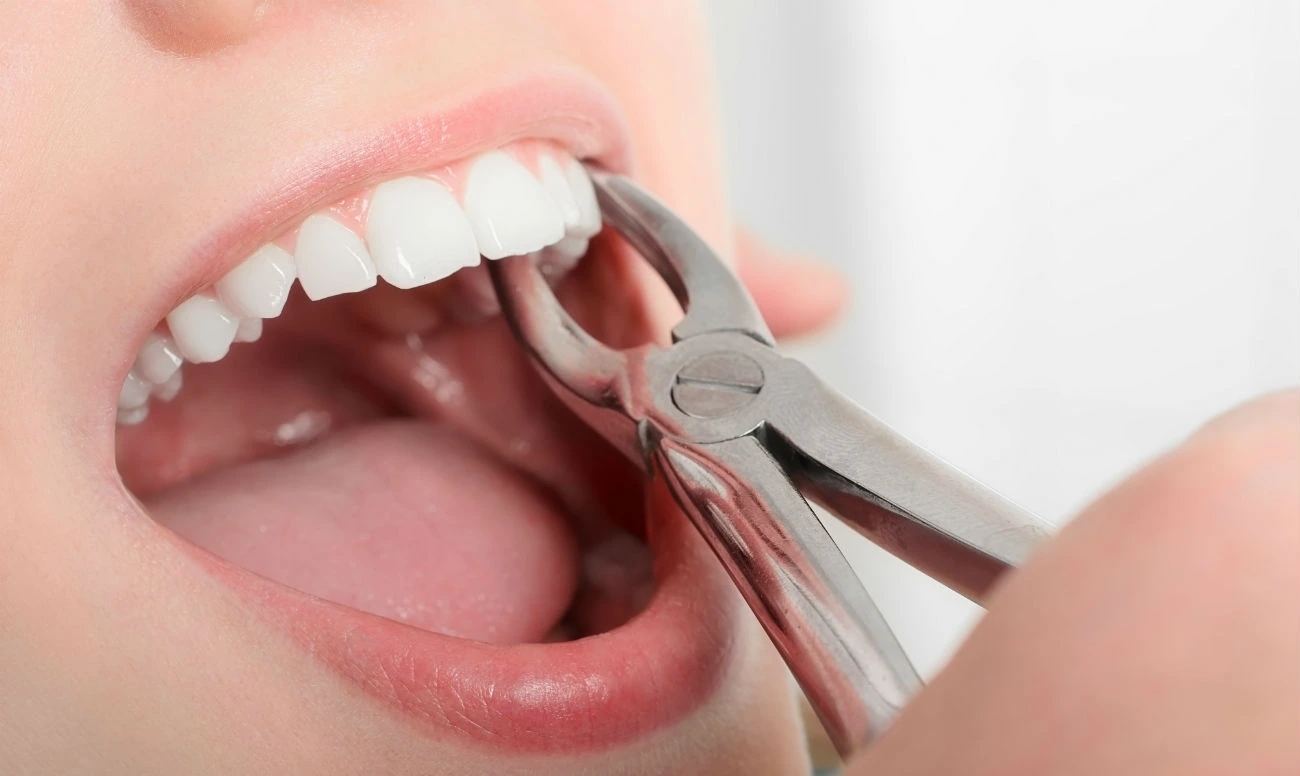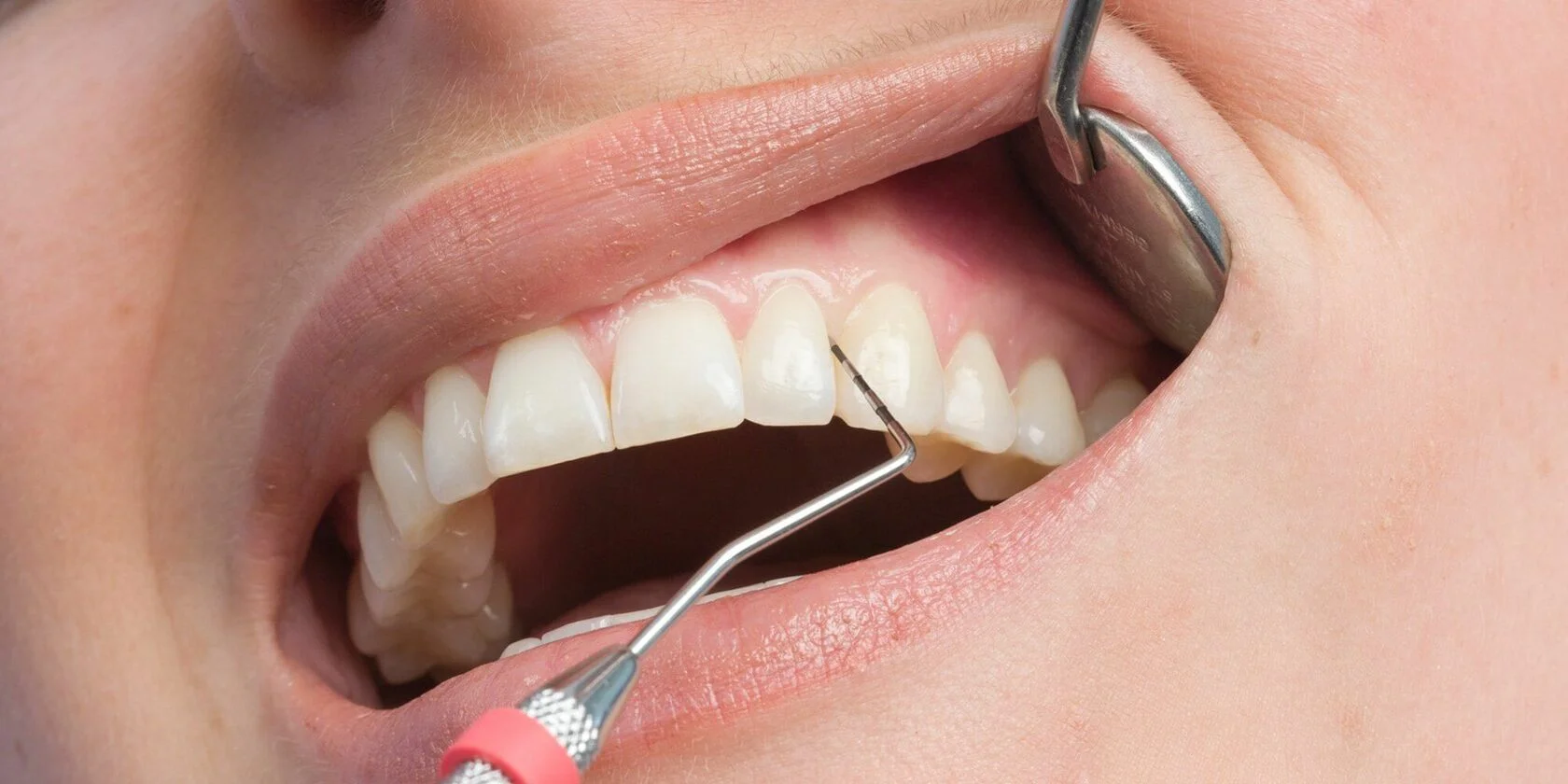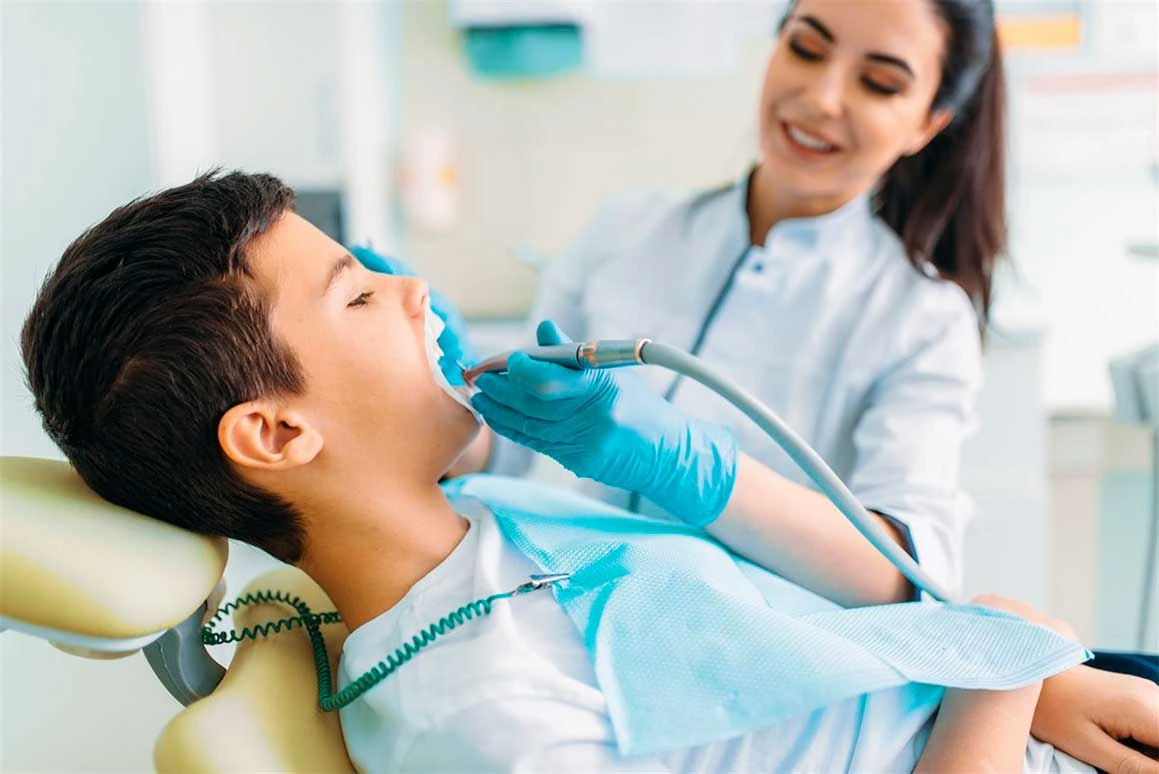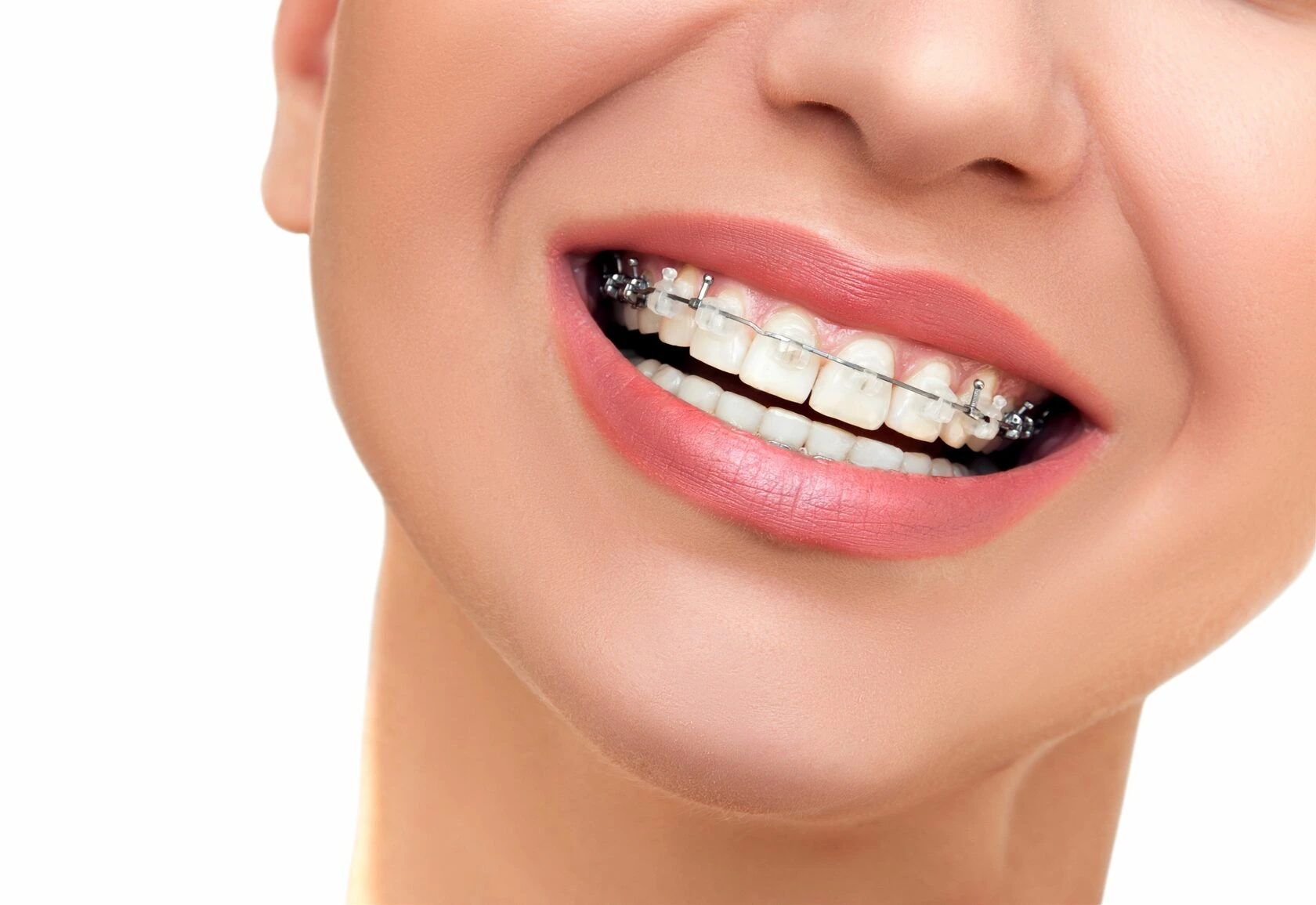Advice to patients after tooth extraction

Like any other surgical procedure, tooth extraction requires both the doctor and the patient to take a responsible approach. In order for the healing of the hole to go quickly, painlessly and without complications, it is necessary to adhere to some recommendations given by the dentist after the procedure. But if you were too anxious and forgot everything, then in this article we will briefly remind you about it.
What you can and should do after a tooth extraction
Tooth extraction is accompanied by pain and bleeding – this is normal. But since the procedure itself is performed under local anesthesia, painful sensations occur at home. There may also be a slight swelling, short-term fever and pain when opening the mouth.
So, after a tooth extraction, it’s necessary:
- Remove the gauze swab from the well left by the doctor for 20-30 minutes.
- Take pain medication.
- No food for 2 hours.
- Limit your diet.
- Do not use the area where the hole is located for chewing.
You can also apply cold to the cheek in the area of the extracted tooth, and if the temperature rises, take an antipyretic.
What you should not do if you have had a tooth extracted
Improper actions, on the contrary, can cause complications after surgery and prolong the recovery process. Remember that after tooth extraction you have an open wound in your mouth, where infection can easily enter. Therefore, do not disturb the hole – do not pick at it with your fingers, tongue or other objects, do not rinse it and do not use any ointments.
It is not recommended to brush your teeth on the day of surgery, but the next day and beyond, do so in a way that does not disturb the hole. Limit alcohol consumption, do not smoke, and avoid too hot, sour, sweet and sour foods and drinks.
Suspicious symptoms
You should feel better every day after a tooth extraction. If it doesn’t, you should be concerned. Suspicious symptoms that you should definitely see your dentist about include:
- Pain that does not subside or increases over several days.
- Increased bleeding.
- Persistently elevated temperature (greater than 38°C).
- Swelling that has spread to nearby tissues.
- Facial numbness.
- It feels like there are shards of tooth left in the hole.
After about 9-10 days, any unfamiliar and unpleasant symptoms should leave you, and in 3-4 months the hole will be completely healed, and you will forget about the surgery.
Sign up
Make an appointment with a gnathologist and get a personalized treatment plan
Read also
Contact us
Send a message
Please fill out the form below so we can provide a fast and efficient service
Contact by phone
-
Branch 1
-
Branch 2
-
Branch 3
-
Branch 4




